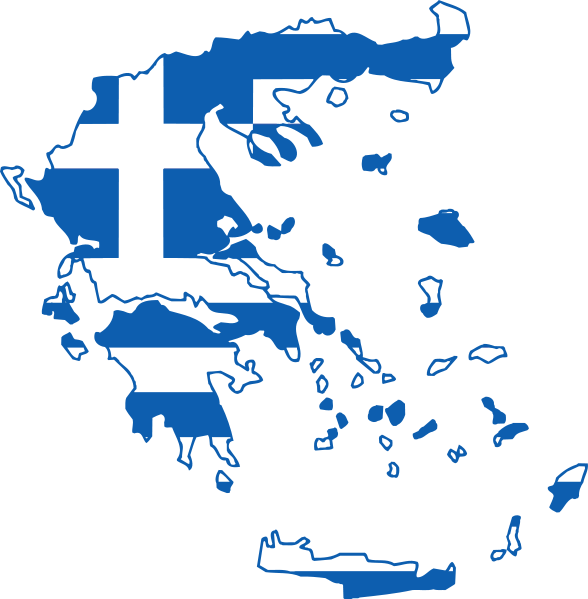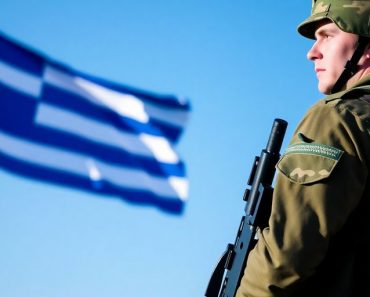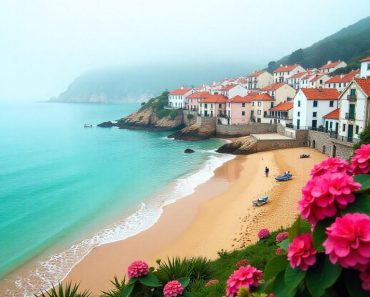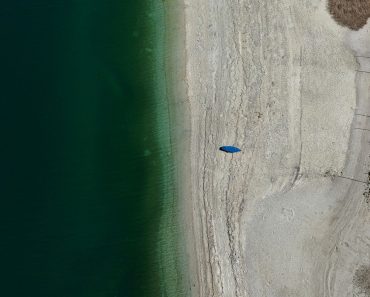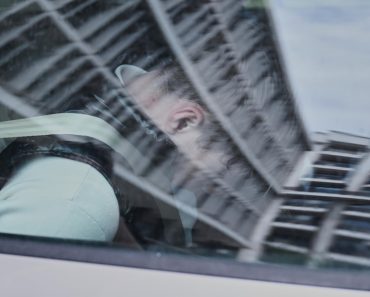
Antriana Bigiazian (she/her) is a third-year sociology and political science major with a concentration in international affairs at the University of California, Riverside (UCR). She currently serves on the Associated Students of UCR’s (ASUCR) External Affairs as the UC Divestment Coordinator. In her capacity at ASUCR, she has participated in the drafting of two pieces of legislation regarding the Armenian Genocide. You can reach out to her at abigi001@ucr.edu.
On April 24, 2025, over 40 University of California, Riverside (UCR) students gathered to remember the one and a half million Armenian lives lost due to the unjust actions committed by the Ottoman Empire in 1915. It marked the one hundred and tenth anniversary of the Armenian Genocide, and yet another year of silence from the government responsible for this tragic event.
For many, April 24 is a day widely recognized as Armenian Genocide Remembrance Day; however, it is neither fair nor entirely accurate to treat it as a single day of mourning, isolated in time. Doing so overlooks the deeper history and ignores the fact that the genocide was a long process of many overseen inhumane actions — it did not happen overnight.
During the Candlelight Vigil for the anniversary of the Armenian Genocide, we, as the Armenian Student Association (ASA), made sure to emphasize that the genocide unfolded over time. We wanted to educate the community through a speech at the vigil that the genocide began with threats from the Ottoman Empire, targeting the Armenian population, particularly youth, women and religious leaders.
During the vigil, we discussed the early stages of the Armenian Genocide, beginning with the massacres of the 1890s under the Ottoman Sultan Hamid II, which resulted in the loss of over 300,000 Armenian lives and other ethnic minorities, known as the Hamidian Massacres.
Our conversation also covered the Armenian liberation movement, highlighting how fighters such as Karekin Nzhdeh and Monte Melkonian organized and strategized to reclaim their independence across different political regimes and times. Nicole Bolsajian, co-president of ASA, presented Karekin, an Armenian hero who played a key role in defending Syunik, a key Armenian region, after the fall of the First Republic of Armenia.
We also spoke about the lack of justice at Artsakh — an Armenian-populated region in the South Caucasus, a past official independent state, which is now under Azerbaijani occupation — for both the victims and survivors of the recent ethnic cleansing that took place there.
After our speeches and a moment of silence to honor and remember the victims and survivors, we commemorated the lives lost by laying a flower for each one. Even then, the gesture did not encapsulate every life taken, every life traumatized, the ongoing generational trauma, and the burden of hiding one’s identity of being Armenian and Apostolic Orthodox Christian.
Carrying generational trauma does not solely define Armenian identity. It also involves educating others about our history, culture, dances, language and traditional practices. I grew up in Athens, Greece, in a close-knit Armenian community where I learned the values of organizing and advocacy. I have been a member of the Armenian Youth Federation, an organization founded to resist injustices against the Armenian community, since the age of nine. I attended my first protest at that age, alongside many of my closest friends and classmates, to fight for Armenian Genocide recognition and justice outside the Turkish Embassy there. Being Armenian is not just about carrying trauma — it is about being resilient at every step of your life.
A famous Armenian quote by William Saroyan, a son of Armenian genocide survivors and an Armenian-American writer who is known for his novels and short stories of immigrant life in California, says, “Go ahead, destroy Armenia. See if you can do it. Send them into the desert without bread or water. Burn their homes and churches. Then see if they will not laugh, sing and pray again. For when two of them meet anywhere in the world, see if they will not create a New Armenia.”
This quote is a deeply accurate reflection of our reality. I have embraced our culture and dances simply by meeting another Armenian. William’s quote resonates with me and reflects my journey at UCR as an Armenian undergraduate student. The first Armenian course at UCR was created after meeting one Armenian professor, Dr. Kaloshian, who supported and guided me in making an R’course and teaching about the “Armenian Genocide Today.”
Additionally, I have engaged in advocacy efforts in Washington, D.C., to continue advocating for my community. The connections and experiences in our community are built upon one another, allowing us to showcase our beautiful, resilient culture.
Our collective efforts are part of the Armenian resistance movement, visible in the UC-wide initiatives organized by Armenian Student Associations. We also see it through the presence of a few Armenians in leadership roles, like myself in ASUCR. Since becoming a part of the Associated Students of UC Riverside (ASUCR), I have helped pass two resolutions, including one emphasizing the need for awareness and recognition of the ongoing atrocities impacting the Armenian community in Artsakh.
Artsakh had been a historically Armenian-populated region until September 2023, when Azerbaijan launched military attacks and threats that displaced over 120,000 Armenians. This did not happen overnight. Similar patterns that escalated during the genocide were already present as early as December 2022, when Azerbaijan imposed a blockade eerily similar to the one enacted by Turkey prior to the genocide. The blockade on the Lachin Corridor, the only road connecting Artsakh to the outside world, cut off essential supplies such as food, water, medicine and electricity.
This led to deaths from starvation, lack of medical care and exposure during the winter months. Vulnerable populations were left without the support they needed to survive. The nine-month blockade resulted in the ethnic cleansing of over 120,000 people — people with generational roots, who had lived there for centuries.
Despite the severity of these tragic events, the international community, particularly the West, failed to provide immediate or adequate support to the Armenian people as they endured persecution and violence.
It marked not only a repeated atrocity but also a historic erasure: the end of Armenian presence in those ancestral lands after thousands of years.
Today, as a proud member of the Armenian community and an undergraduate student at UCR, I, along with others, am focused on advocating for the immediate release of Armenian prisoners of war, the imposition of sanctions on Azerbaijan to block military aid, the accountability of Azerbaijani officials responsible for the ethnic cleansing of September 2023 and the right of Armenians from Artsakh to return to their homes. We must also ensure they receive the care they deserve after enduring a tragedy we had hoped never to witness again in our lifetime. If we do not take action, we will see a genocide repeated.
As an Armenian student, I am saying this clearly and truthfully that the non-Armenian community needs to quit performative actions, and begin listening to our stories. Educate yourselves — not just about the Armenian Genocide, but all past genocides and the historical patterns that led to them.
This action is about showing up when we organize and collect as a community to share our concerns. Collective action and coalition building have been successful in the past, through the examples of revolutionary fighters, and it can be set as an example for others to follow.
Op-Eds are not edited by The Highlander, excluding those related to grammatical errors and AP requirements. Op-Eds do not reflect the opinion of the Editorial Board and are not written by Highlander contracted writers.
